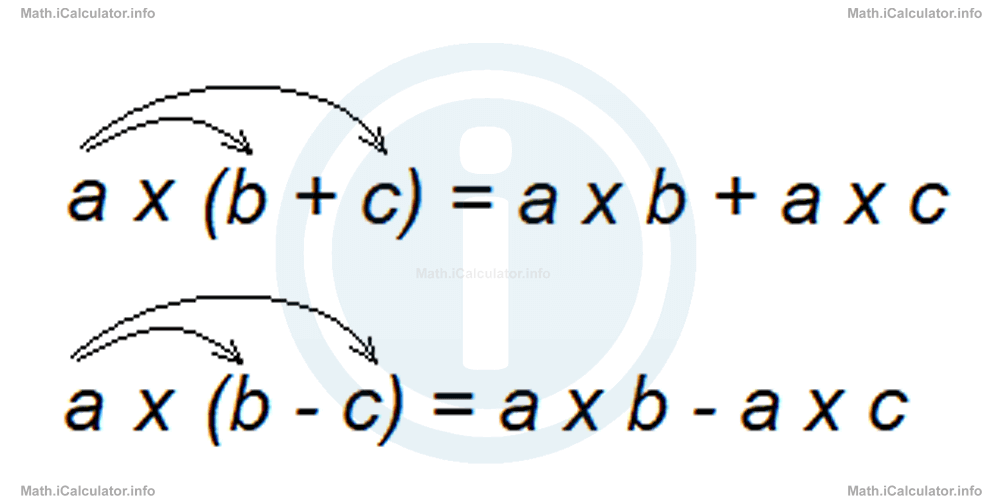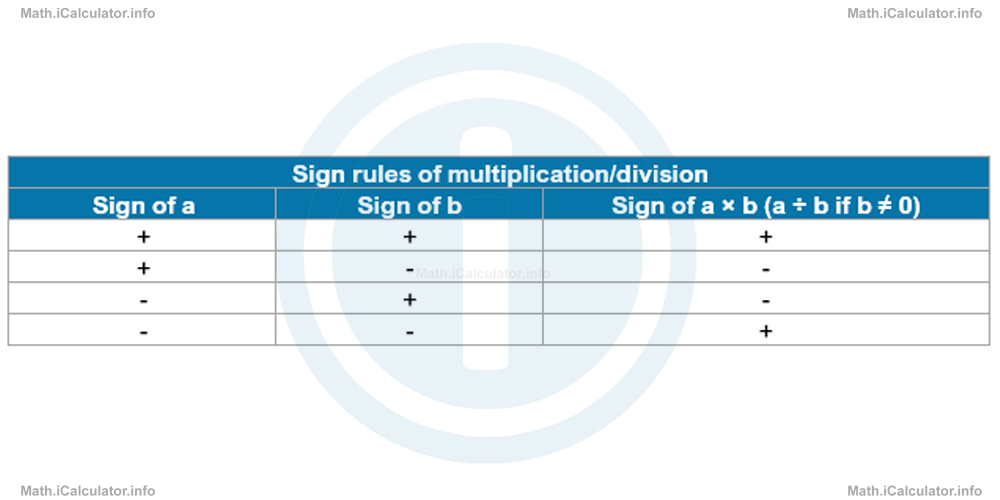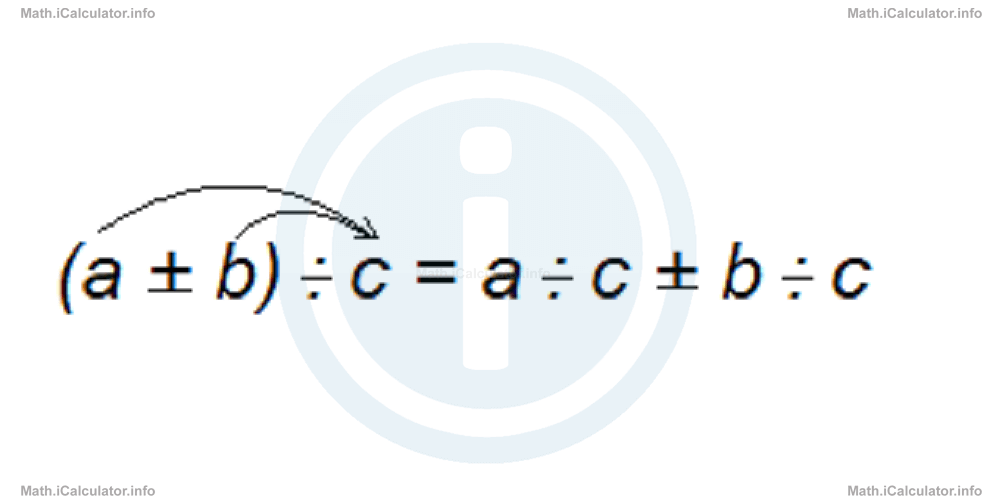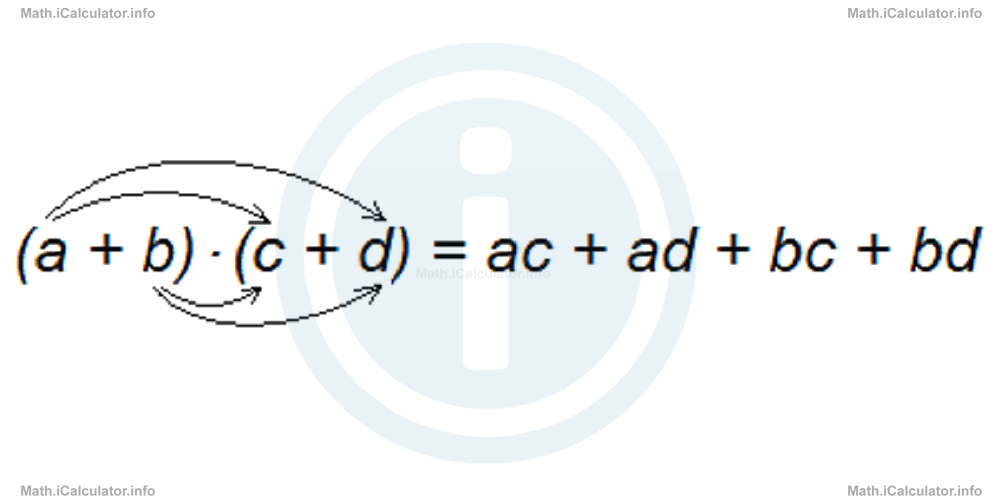Menu
Expanding Brackets - Revision Notes
Please provide a rating, it takes seconds and helps us to keep this resource free for all to use
In addition to the revision notes for Expanding Brackets on this page, you can also access the following Expressions learning resources for Expanding Brackets
| Tutorial ID | Title | Tutorial | Video Tutorial | Revision Notes | Revision Questions | |
|---|---|---|---|---|---|---|
| 6.2 | Expanding Brackets |
In these revision notes for Expanding Brackets, we cover the following key points:
- What happens to the terms in brackets if we remove them?
- What does 'expanding brackets' mean?
- How to expand brackets when a number multiplies an expression in brackets.
- How to expand brackets when they are divided by a number or a non-zero variable.
- How to apply the sign rule correctly.
- How to expand two brackets multiplied together.
- What to do when there are more than two brackets multiplied together.
Expanding Brackets Revision Notes
Expanding brackets means obtaining a final expression equivalent to the original but with no brackets involved, even if the original expression contains brackets. This process requires the correct use of division or multiplication operation, as well as the correct application of the sign rules.
A 'minus' symbol before an expression inside brackets changes the sign to all its terms when the brackets are removed, while a 'plus' symbol makes no change in the signs of each term.
(If there is no sign before a pair of brackets, we assume it as positive).
In symbols, we can write:
-(a - b) = -a + b
(a + b) = a + b
(a - b) = a - b
Expanding brackets when a number multiplies the expression inside them regards expressions of the form
and
Such brackets are expanded by applying the property that says:
A number that multiplies an expression inside brackets multiplies each term contained in the brackets separately when brackets are removed. In this case, we say the expression is expanded according to the following scheme.

The expanding brackets technique is based on the distributive property of multiplication.
When the number that multiplies the expression contained in the brackets is positive, all terms preserve their sign; otherwise, (when the number that multiplies the expression in the brackets is negative) all terms change sign.
When completing operations with algebraic terms, we must consider the sign rules of multiplication (and division) shown in the table below.

It is not possible to expand when an expression inside brackets divides a number because
Expanding brackets when a non-zero number divides an expression inside them means applying the rule

This property derives from the properties of a fraction with a common denominator
(c ≠ 0)
In simple words, we can express this property as
A number that divides an expression inside brackets divides all terms in the brackets when expanding them.
If we have an algebraic expression of the type
we can consider each element of the first expression separately and apply the usual expanding property. Basically, each term of the first pair of brackets is multiplied by all terms of the second pair of brackets.

The method above is known as the 'FOIL' method - an acronym for First - Outside - Inside - Last, which means that initially we multiply the first terms in each bracket, then the outside terms, then the inside ones and finally the last terms.
When there are more than two brackets involved the approach does not change; the solution just involves more steps. Thus, after expanding them we obtain
Whats next?
Enjoy the "Expanding Brackets" revision notes? People who liked the "Expanding Brackets" revision notes found the following resources useful:
- Revision Notes Feedback. Helps other - Leave a rating for this revision notes (see below)
- Expressions Math tutorial: Expanding Brackets. Read the Expanding Brackets math tutorial and build your math knowledge of Expressions
- Expressions Video tutorial: Expanding Brackets. Watch or listen to the Expanding Brackets video tutorial, a useful way to help you revise when travelling to and from school/college
- Expressions Practice Questions: Expanding Brackets. Test and improve your knowledge of Expanding Brackets with example questins and answers
- Check your calculations for Expressions questions with our excellent Expressions calculators which contain full equations and calculations clearly displayed line by line. See the Expressions Calculators by iCalculator™ below.
- Continuing learning expressions - read our next math tutorial: Special Algebraic Identities Obtained through Expanding
Help others Learning Math just like you
Please provide a rating, it takes seconds and helps us to keep this resource free for all to use
We hope you found this Math tutorial "Expanding Brackets" useful. If you did it would be great if you could spare the time to rate this math tutorial (simply click on the number of stars that match your assessment of this math learning aide) and/or share on social media, this helps us identify popular tutorials and calculators and expand our free learning resources to support our users around the world have free access to expand their knowledge of math and other disciplines.